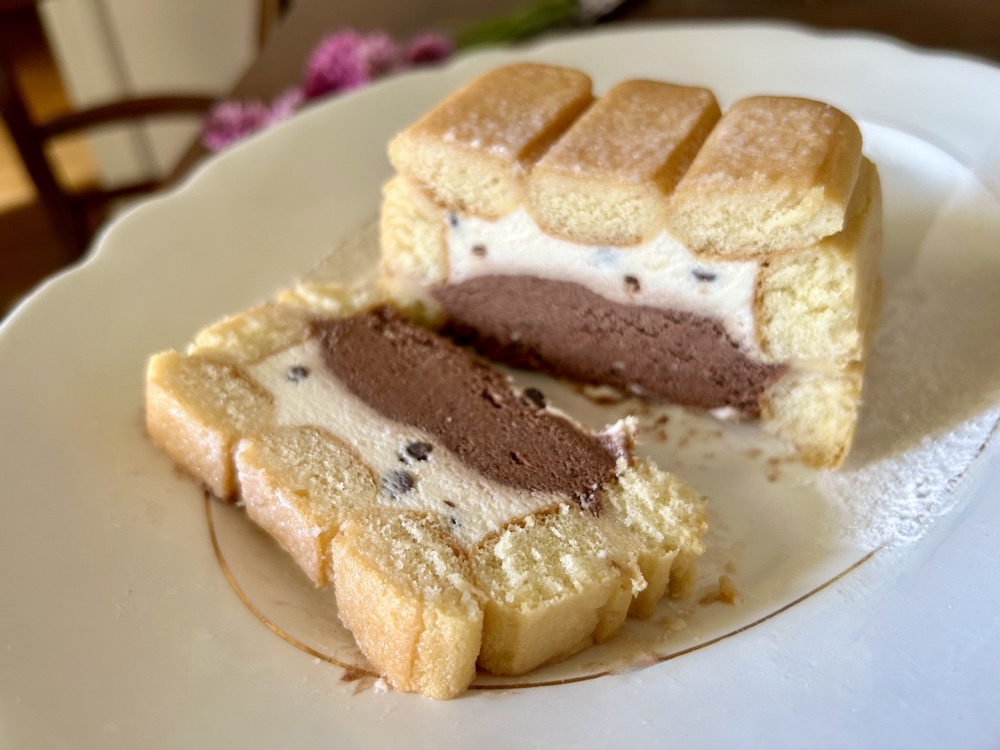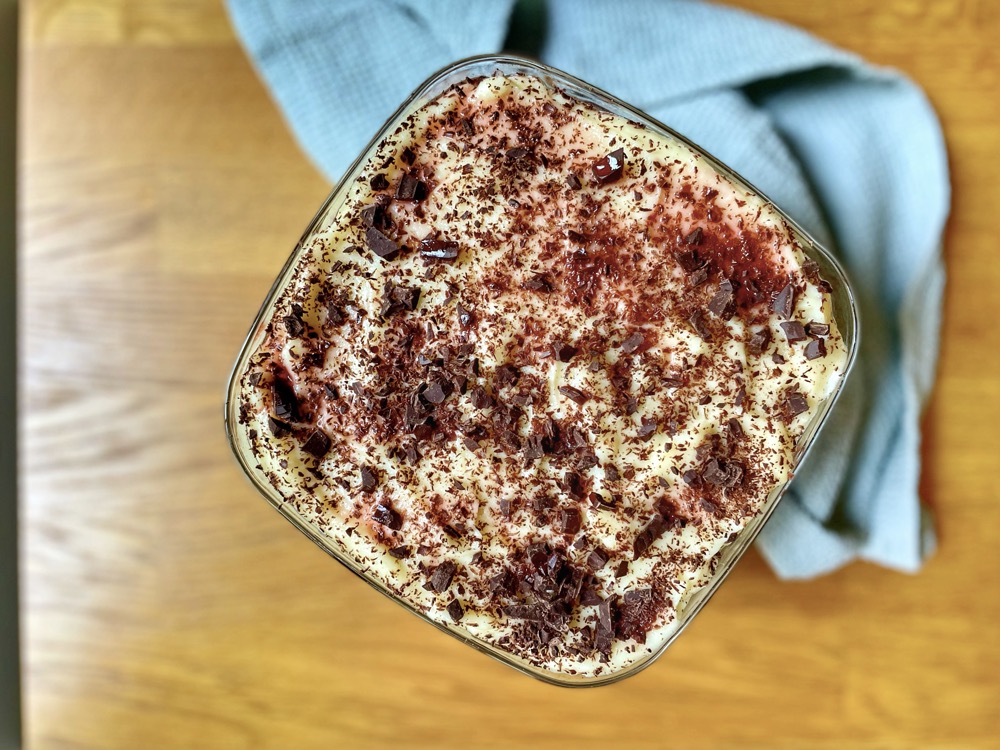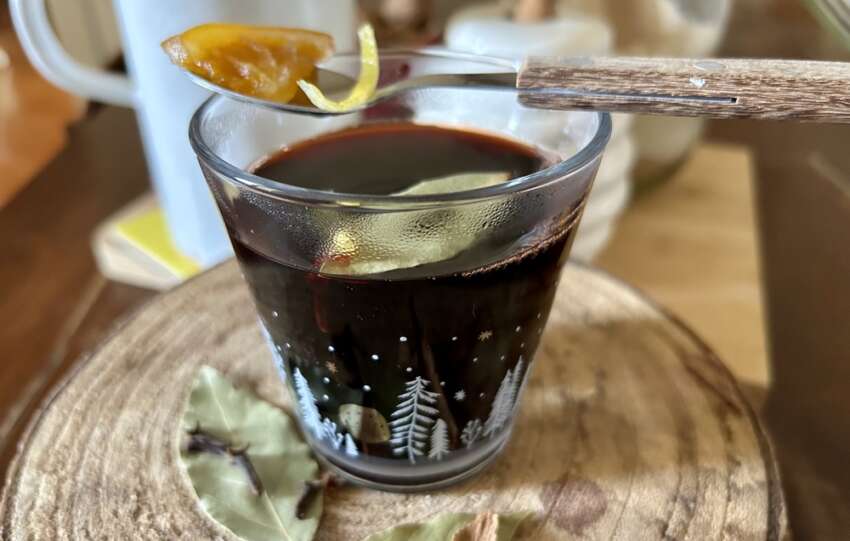Some foods remember to me of special memories and experiences.
So it is for me with tigella bread. A typical flatbread of Emilia region.

Via Emilia
It depends on which side of Via Emilia you are born.
For me, grown on the Romagna side, tigella, or crescentina Montanara (from mountain), is a specialty of Emilia, one of the two parts of the Emilia-Romagna region, that I started to appreciate after I moved to Bologna.
Because at every step of life, there is always something to learn or to taste.
I have never eaten a tigella during the first twenty years of my life.
It may seem incredible, but that’s the truth. At home and outside, only piadina, and only the typical piadina of my area, that you find in the provinces of Forlì and Ravenna, different from the thin one of the Rimini-Cattolica area.
Saturday’s dinner
A cookbook is never just a collection of ingredients and methods.
When I leaf through one of the family recipe books, I often leave for a trip among memories. Each recipe is a dive into the waves of a peaceful and welcoming sea.
Some foods, however, more than others, are connected not only, or not so much, to good memories.
They are stones placed on the sides of the road to indicate the kilometers are missing from the finish line or symbols of a transformation or a goal.
The tigelle, for me, symbolically represents the passage from my life as a girl to my adult life.
Of course, I wasn’t aware of what I see so clearly today. But when I think back to Saturday night dinners a long time ago, I realize it is so.
Before girls, and suddenly, young woman
The first years in Bologna were intense. I was very busy with my study and lessons, and my head was full of dreams.
But when I met the man who became my husband, I started going out (almost) every night. I was young, happy, and so busy living that I didn’t realize that every step I took led me toward my adult life.
About that period, I remember a lovely group of friends of my boyfriend (not yet-husband), all with a passion for good food.
Without planning it, every week for at least a couple of years, we chose and tried restaurants, trattorias, and old osterie that offered traditional Bolognese and Emilian food.
Choose the place, organize the trip, eat until you burst, and immediately start again to finish the tigelle, inevitably, with Nutella and jams. It was all part of the same trip.
We were a group of good guys if you think that the best of our venture was to drive, always with caution, to find the best tigelle or crescentine.
Food Note: when in Modena, ask for crescentina montanara if you want to eat tigelle. When in Bologna, ask for tigella because crescentina is the fried one.

Tigella bread
As I told you, in Bologna, it’s called tigella.
Tigelle have a very ancient origin, and the name “tigella” could come from the terracotta mold already used in Roman times. Molds that then, in recent times, have become die-cast aluminum.
Tigelle and piadine are part of the same large family of ancient bread called flatbread.
Like other recipes such as mistocchine (pancakes made with chestnut flour and water) and Zuccherini cookies, tigelle are also a poor preparation, just water, and flour, typical of the Modena and Bologna Apennines that – at a certain point – arrive in the city.
Unlike the mistocchine, which today almost nobody remembers, the tigelle have had better luck.
To cook the tigelle, you don’t need a mold like mine.
Its characteristic is to reproduce the typical doodles on the tigella’s surface.
But it is tigella even without decoration.
Buona cucina, Monica

Food Tips
You can change the lard with 30g of olive oil.
Take note of this tip that gave me a real azdora: NEVER let the tigellas defrost. As soon as you take them out of the freezer, immediately put them on a hot pan for a minute or two and turn them from both sides. This way they stay soft inside and crunchy outside. Otherwise you risk serving them a bit soft.
How To Make Tigella Bread
serves 6
List of Ingredients
500 gr flour 0
50 gr lard
7 gr brewer’s yeast
15 gr sugar
120 g sparkling water, cold
200 g whole milk
7 gr salt
Method
In a bowl, mix the flour with yeast and sugar.
Add water and stir for a couple of minutes, then add milk, lard, and salt.
Now start kneading, and as soon as the mixture is solid enough, move to a floured surface. Work the dough until smooth and homogeneous.
Make a ball and let it rest for about an hour, covered with a clean cloth.
Take the dough and tear with your hands some pieces all of the same weight, roughly, suitable for your tigelliera’s discs and make some balls (if you have the mold to make mini tigelle, like me, calculate about 30g of dough per tigella for about 40 pieces).
Let it rest for another 30 minutes under a cloth.
After this time, lightly squeeze each little ball with your hand and let them rest for another 30 minutes.
If you don’t have the tigelliera, it doesn’t matter. Cook tigelle bread on a pan or in the oven.
Lightly grease the tigelliera, or the pan, put the mold on the heat, and when it’s warm, place a piece of dough in each disc of the tigelliera (or a certain number of little balls in the pan), then cook the tigelle on a medium-low flame for about 3 minutes for each side.
Serve hot tigelle with salumi and cheeses but also jams or marmalade.






6 Comments
Diane
Is the Brewers yeast in your recipe a fresh cake yeast or dried in a packet? I’m in the USA and trying to figure out what to use, please. Is there a specific substitute for it? I can get Paneangeli Lievito di Birra in a packet but not sure if it’s the same as what you’re using. Many thanks for any help or advice!
Monica
Ciao Diane! I usually use dry brewer’s yeast, the one in the Paneangeli sachet.
You can also use the same amount of fresh brewer’s yeast or try powdered pizza yeast. Tigella only rises a little, and the primary function of the yeast is to make the dough airy and fluffy. For any info or advice, please write to me. A hug from Bologna, Monica
Diane
Many thanks dear Monica!
Yay! I can get the Paneangeli Lievito di Birra Mastro Fornaio at my local Italian market
Sending you a warm hug from the USA!
Monica
It is the right lievito di birra! Enjoy tigelle, buona cucina, xo M.
Sandra
Hello, via Pasta Grannies I found out about the delicious looking Tigellas. Your explanation / recipe seems just perfect. About the pans: the one I found are all made of Aluminium. Is it cast aluminium? I truly would prefer cast iron. Any idea where I could get this? Many thanks ????
Monica
Ciao Sandra, first of all thank you to be here on my blog. About the tigelliera, the modern mold is made of aluminum, once were clay disks. I don’t believe it exists made of cast-iron tigelliera, sorry. But you can cook tigelle in a cast iron pan by shaping the tigella by hand. I have many friends who shaping them by hands and cook them in the oven too. Buona cucina, Monica